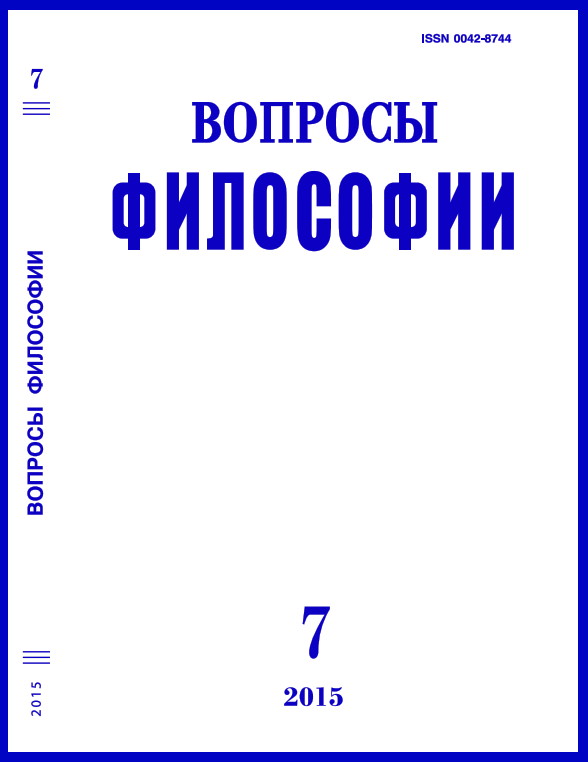Aesthetic Dimension of Early Russian Liberalism
Abstract
The essay explores the phenomenon of early Russian liberalism which appeared in the second half of the 1850s through the 1860s and featured Konstantin Kavelin and Boris Chicherin as recognized founders. However, there was a second line of early Russian liberals such as Pavel Annenkov, Ivan Babst, Vasily Botkin, Aleksandr Druzhinin, Eugeny Korsch, and also Mikhail Katkov who soon left the liberal quarters. They were the ones who formulated the postulates of the initial liberal program with an aesthetic theory of pure art as one of its essential building blocks. The idea of freedom in its various connotations was the core of the aesthetics of “pure art”. The concept of “pure art” in its Russian version had a marginal status, due to active protest against the normativity of large theoretical constructs and to the instability of the boundaries of intellectual space in which early Russian liberalism was forming.

